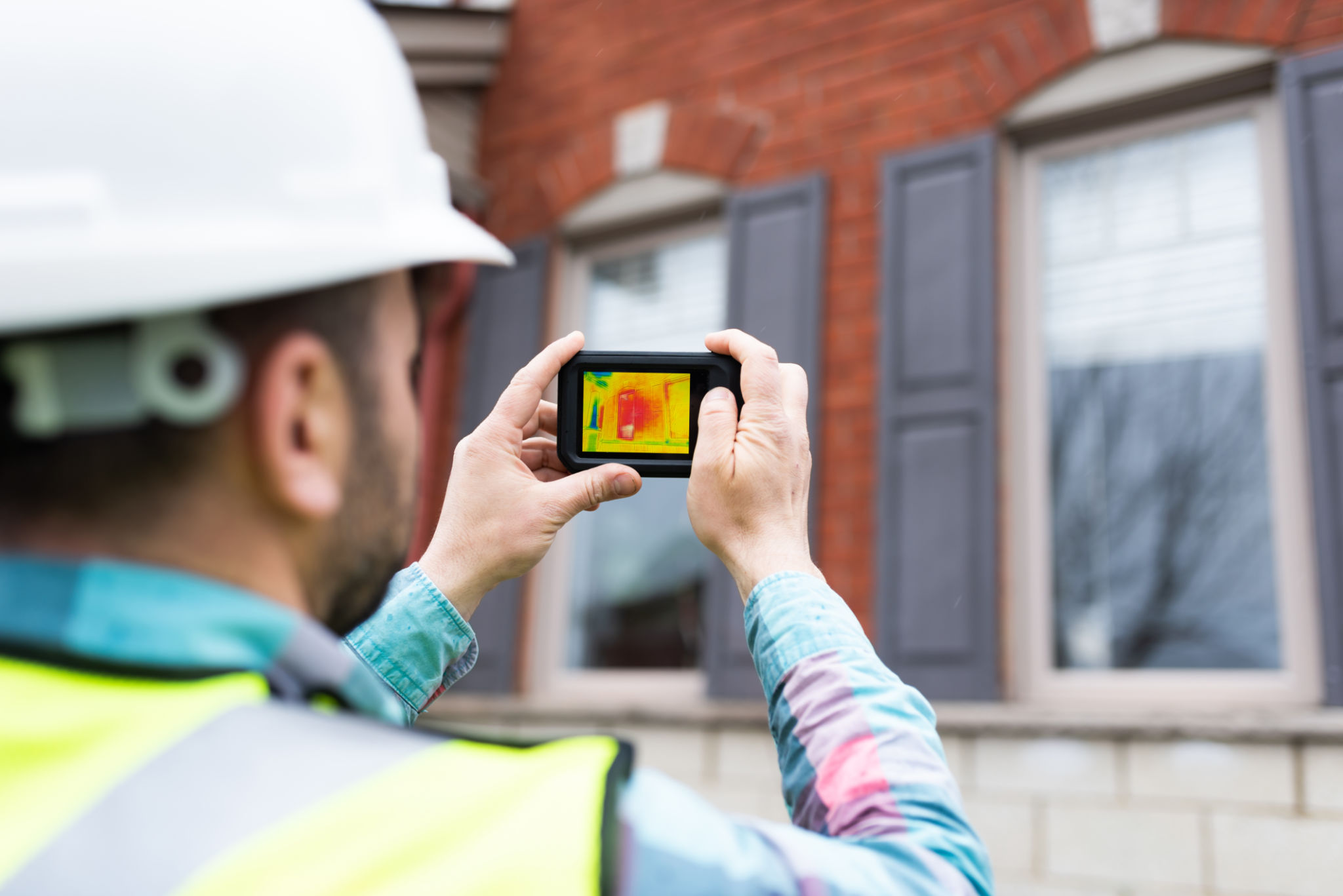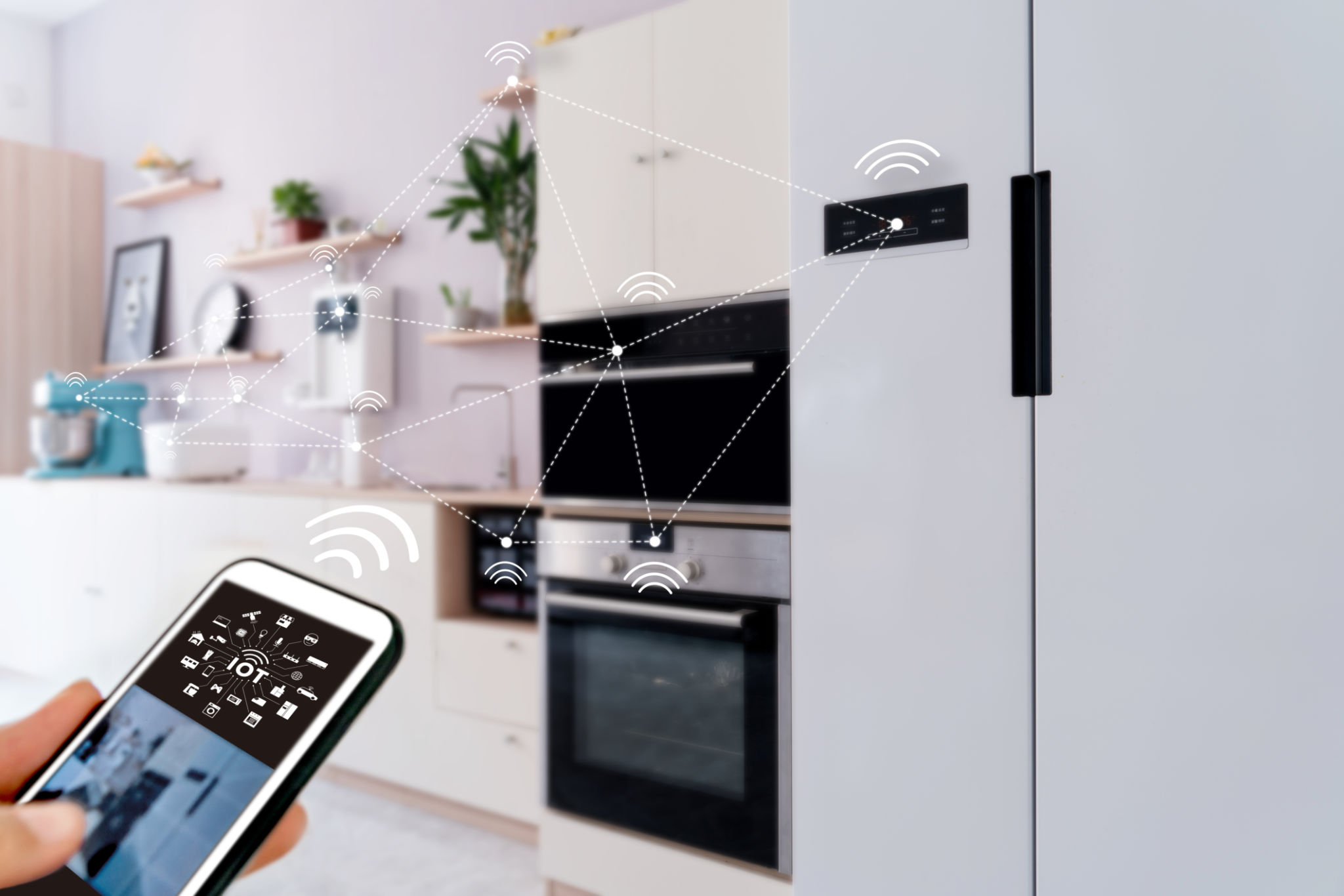Top Australian Energy Upgrade Tips for Homeowners
Insulation: The First Step to Energy Efficiency
One of the most effective ways to upgrade your home’s energy efficiency is by improving insulation. Proper insulation ensures that your home retains heat during the winter and stays cool in the summer, reducing the need for excessive heating and cooling. Consider insulating your attic, walls, and floors to create a more energy-efficient environment.

Choosing the Right Insulation Material
There are various insulation materials to choose from, such as fiberglass, cellulose, and spray foam. Each has its own benefits and costs. For instance, fiberglass is a popular choice due to its affordability and effectiveness, while spray foam provides excellent coverage in hard-to-reach areas but at a higher cost. Evaluate your needs and budget to select the best option for your home.
Upgrade to Energy-Efficient Windows
Windows play a crucial role in energy conservation. Replacing old single-pane windows with double or triple-pane options can significantly improve your home's insulation. These windows are designed to minimize heat transfer, keeping your indoor climate stable and reducing energy bills.

Window Treatments for Added Efficiency
In addition to upgrading windows, consider adding window treatments such as shades, blinds, or curtains. These can further enhance energy efficiency by blocking out heat in the summer and retaining warmth in the winter. Look for options that offer both style and functionality to complement your home décor.
Invest in Renewable Energy Sources
Harnessing renewable energy is an excellent way to reduce your carbon footprint and save on energy costs. Installing solar panels is a popular choice among Australian homeowners. Government incentives often make this upgrade more affordable, helping you recoup your investment over time through reduced electricity bills.

Understanding Solar Panel Options
Solar panels come in various types, including monocrystalline, polycrystalline, and thin-film. Monocrystalline panels are known for their high efficiency and longevity but come at a higher price. Polycrystalline panels are slightly less efficient but more affordable. Researching these options will help you decide on the best fit for your home.
Upgrade to Smart Home Technology
Integrating smart technology into your home can lead to significant energy savings. Smart thermostats, lighting systems, and appliances allow you to monitor and control energy use remotely. This technology not only enhances convenience but also helps optimize energy consumption, leading to lower utility bills.
Benefits of Smart Thermostats
Smart thermostats learn your schedule and preferences, adjusting the temperature accordingly to maximize comfort while minimizing energy waste. They can be controlled via smartphone apps, providing insights into your energy usage patterns and offering suggestions for further savings.

Conclusion: Taking Small Steps Towards Big Savings
Implementing these energy upgrade tips can transform your home into a more efficient and environmentally friendly space. From improving insulation to embracing renewable energy and smart technology, each step contributes to substantial savings on your energy bills while reducing your environmental impact. Start with the upgrades that align with your budget and goals, and enjoy the long-term benefits of an energy-efficient home.